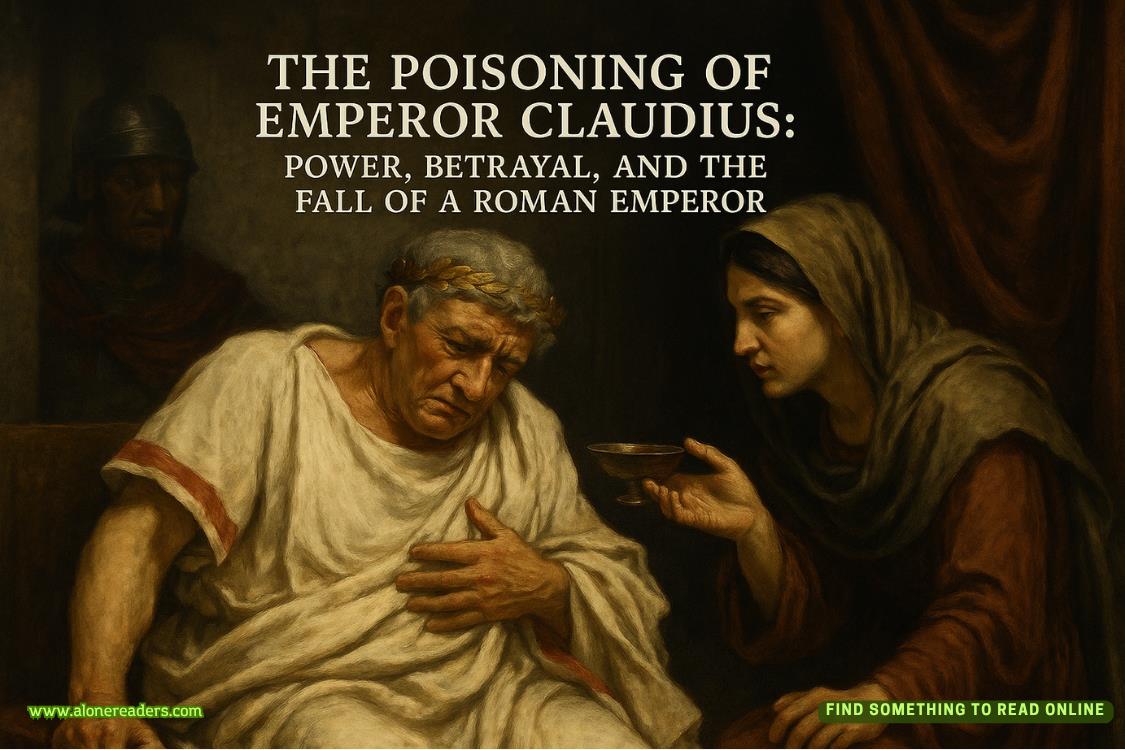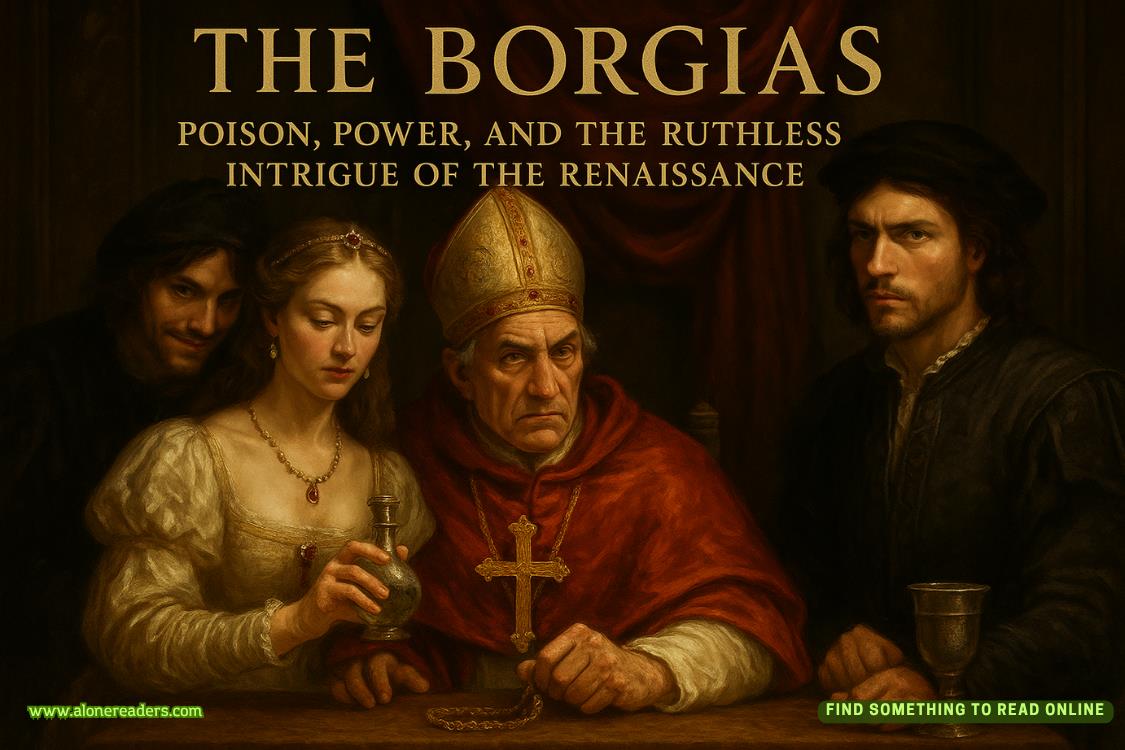Page 18 of Breaking Danger
Could this possibly be that guy? Though…Elle’s body language wasn’t one of anger or resentment. She loved this guy, and Elle wasn’t the type to fall in love overnight. So maybe this was the guy she’d been secretly in love with all this time?
Sophie tried to focus on what the guy was saying.
“Jon, we’ve analyzed the situation and we think you shouldn’t move until tomorrow. Here.” Nick made a movement off screen and suddenly Sophie was looking at…she had no idea what she was looking at. She tilted her head. Masses of fiery red blobs moving in a sort of Brownian motion. Nick made another movement and a map was superimposed and suddenly it made sense. A terrible kind of sense.
Sophie gasped, heartsick.
What she was seeing was a thermal image of an area a couple of miles from her home, in the Western Addition. It was teeming—teeming—with infected. “Fuck,” Jon said quietly.
“Wait,” Nick said and manipulated the image. “It’s not all bad. What you’re seeing is—I don’t know what else to call it but a swarm. Like of insects. We checked our drone tapes and went back about ten hours and it looks like there was a locus of infection in Richmond during a big street fair and a wholenestof the things spent a lot of time killing everything in sight then they started moving. They seem to be moving counterclockwise. Here, let me show you.”
The hologram switched to daytime, on fast forward. It was an area she was familiar with, made up of funky wooden houses, most at least sixty years old, and tiny little shops. She’d been to that street fair many times. At first, the streets were full of happy tourists and locals, going from stall to stall. In the fast forward, the infection looked weird, like an old time movie. Somehow, it was less horrible on fast forward. A few blood stained infected erupted into the crowd, which ran away. But not fast enough. From a few infected, within the space of three hours, according to the timeline at the bottom of the hologram, it looked like tens of thousands of infected crowded the streets.
At first, they moved completely separately but as soon as a critical mass was achieved, which Sophie judged to be about four hundred infected, they started swarming behavior. It tooks hours and hours for the swarm to form and the outlying edges of it showed anomalous behavior, but the center held. And a few hours after that, they started the trek north, then as they hit the water, northeast. It was a swarm about two miles across and it was terrifying. It moved slowly but it left utter devastation in its wake. The images had quickly followed the day into night. The timeline said that it was now, and the swarm was heading their way. Judging from the footage she’d seen, they’d come to her part of town some time tomorrow.
“Swarming behavior,” Sophie murmured.
Elle and Catherine nodded.
“So.” Mac’s eyes narrowed. “They’ve become insects?”
“Sort of.” Sophie looked up at Jon. He tipped his head in ago aheadgesture.
Jon turned to the hologram. “Sophie’s been observing the infected. They’re right outside her window. She has some interesting theories.”
“Please, Sophie,” Nick said. “Any information you have is useful. Could save lives.”
“Okay. This is anecdotal, you understand.” She tried to gather her thoughts, resisting the urge to stay quiet until she had further data. Science moved slowly, but thoroughly. Each hypothesis tested and retested to make sure it could bear the weight of other facts being loaded onto it. A little like walking across a frozen pond, testing each step before putting your full weight on it.
It was what she loved about science. It was not random. Her parents’ deaths had been random, completely unexpected and it had cracked her faith in the world as a knowable entity. Science had saved her from plunging into despair. Most things were knowable, if you approached everything using the scientific method.
This was the opposite. Random observations over a couple of hours were nothing. But they had nothing else to go on. And perhaps science had fled the world anyway.
The holograms were positioned in such a way that the two images were on a parallel axis. It felt like she was looking straight into Elle and Catherine’s eyes. “Go ahead, Soph,” Elle said softly.
Sophie drew in a deep breath. “Okay. I think we can safely say that the virus knocks out the neocortex.” Both women nodded. “Catherine, I’m going to make some assumptions about neurological damage, but of course, you’re the expert—” Catherine waved her hand. “Not about this, my dear. I think we’re all in the dark. This is something entirely new.”
Sophie nodded. Yes, it was.
Okay. She was going to lay out her observations. “So the virus knocks out the neocortex and the cerebrum. Essentially what is left is the limbic brain. It’s reverse ontogeny. Basically, they are almost insects, hence the swarming behavior. Their behavior, no longer human, is essentially stigmergy.”
Catherine and Elle were nodding thoughtfully.
Mac, Nick and Jon all said, “What?”
“Stigmergy. It’s a sort of indirect coordination. An action in a crowd stimulates emulation and reinforces crowd behavior. Some headed instinctively north and others followed suit, though they are unaware of following any of the other infected consciously, because they no longer have a consciousness. They only have primitive instincts. But if there are enough of them—and I postulate about four hundred in one place at one time—they will unconsciously coordinate their actions.
Jon was looking at the scanner, basically a field of red, the number of infected with raised temperatures almost beyond the scope of the drone. He tapped the scanner, the field widened further, without reaching the edges of the field of red. “I’d say we’re looking here at about ten thousand people. Ten thousand…things,” he corrected. He nudged her with his shoulder. “Tell them about the other things you’ve observed.”
Sophie nodded. “I suspect they have lost some of their vision, particularly in the dark. Conversely, I think their olfactory sense has increased exponentially. I think they smell the uninfected. Therefore, any masking odors could be protective. Perfumes or anything that covers our natural body odor might help.”
“That’s really useful,” Nick noted. “Thanks.”
Jon nudged her lightly again. “Tell them what you think about their life expectancy.”
Sophie nodded. “I think there’s a definite limit to how long they can live. Their metabolism is out of control. Median body temperature is 101°—a high fever—and median heart rate is 180. There are very few elderly infected left on the streets. At least, I haven’t seen any elderly in a full day of observation. Their bodies couldn’t sustain the high fever and the increased heart rates. They are also starving. They are unable to feed themselves, except…” she swallowed and waited a minute for her voice to even out. “Except for the bits of humans they are biting off, which seem to me more acts of uncontrollable aggression than hunger. Actually, I haven’t seen any feeding behavior at all. I don’t even know if they are smart enough to drink water.”
“They have no instincts for self preservation?” Mac asked.















